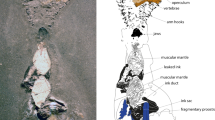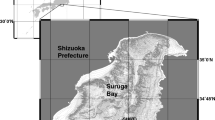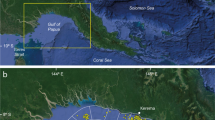Abstract
DURING the late summer of 1956, three specimens of the leathery turtle or luth, Dermochelys coriacea (L.), were captured by Norwegian fishing vessels. The first of these was observed on July 28, swimming slowly northwards at a position of 60° 31′ N., 3° 50′ E., that is, about thirty miles off Skarvöy (county of Hordaland). Catching it took 2½ hr., during which time the animal dived repeatedly to three to five fathoms and was constantly accompanied by three or four pilot fishes (Naucrates). The specimen was a male, probably an adult, measuring 2,015 mm. from snout to tip of tail; length of carapace 1,530 mm., greatest width 865 mm. The weight was 390 kgm.
This is a preview of subscription content, access via your institution
Access options
Subscribe to this journal
Receive 51 print issues and online access
$199.00 per year
only $3.90 per issue
Buy this article
- Purchase on Springer Link
- Instant access to full article PDF
Prices may be subject to local taxes which are calculated during checkout
Similar content being viewed by others
Author information
Authors and Affiliations
Rights and permissions
About this article
Cite this article
WILLGOHS, J. Occurrence of the Leathery Turtle in the Northern North Sea and off Western Norway. Nature 179, 163–164 (1957). https://doi.org/10.1038/179163a0
Issue Date:
DOI: https://doi.org/10.1038/179163a0
This article is cited by
Comments
By submitting a comment you agree to abide by our Terms and Community Guidelines. If you find something abusive or that does not comply with our terms or guidelines please flag it as inappropriate.



